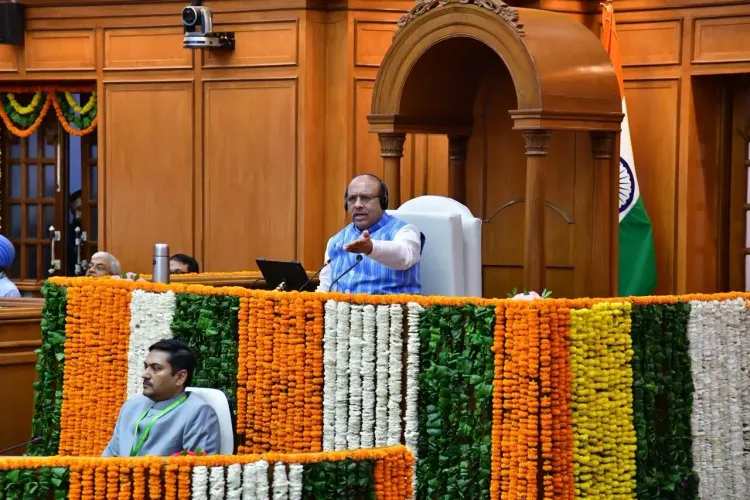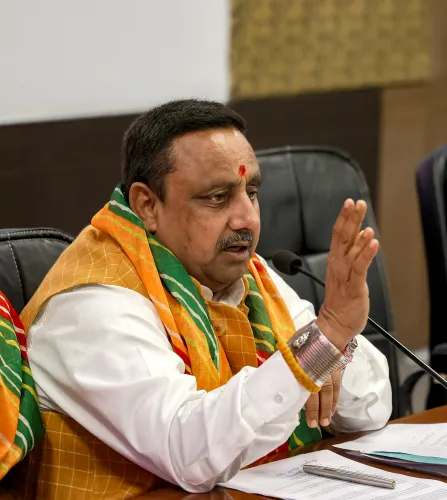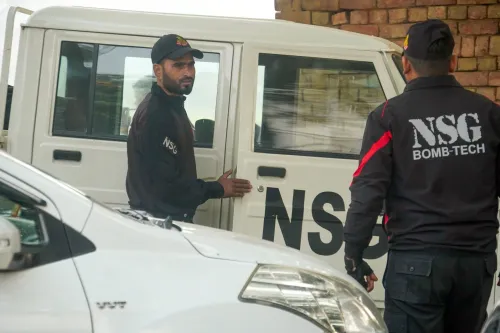Are There Really No 'Gallows' on Delhi Assembly Grounds?

Synopsis
Key Takeaways
- Vijender Gupta presents a 1912 map to refute gallows claims.
- Claims of gallows are proven false, emphasizing historic accuracy.
- The area misidentified as a gallows is a tiffin room.
- No tunnels exist within the assembly complex.
- The dignity of democratic institutions must be preserved.
New Delhi, Aug 5 (NationPress) During a session on Tuesday, Delhi Assembly Speaker Vijender Gupta presented a map from 1912 to clarify that a room had been inaccurately labeled as “gallows” by the prior administration.
In response to an inquiry from BJP’s Chief Whip Abhay Verma regarding the misguided placement of a “gallows” plaque on the premises, the Speaker made a statement clearing up misconceptions about the historic site, emphasizing that the oldest bastion of democracy in the city never had gallows during colonial times.
Later, BJP member Ajay Mahawar called for the removal of the plaque.
In his remarks, Gupta stated, “Where debates occur, there exists Parliament; where there is an Assembly, how can a gallows possibly be found on the same grounds? This is a reasonable question.”
Gupta expressed that the misrepresentation of the location as a gallows is a serious issue that affects the dignity of the institution, as he embarks on a project to restore the building as a heritage site.
In addressing the Assembly, the Speaker also mentioned claims of a tunnel within the complex. “After consulting historians, it has been confirmed that no such tunnel exists,” he added.
“What is being referred to as a tunnel is actually ducting - a ventilation space. Back then, resources were scarce, and when constructing underground buildings, provisions for ventilation ducts were left. This feature is not unique to this building; similar arrangements can be found in the Parliament of India,” he noted.
“Regarding the area labeled as a 'gallows' - it is documented that a plaque was placed there, dated August 9, 1942, and inaugurated as a tourist attraction with the assertion that a gallows once existed at that site,” Gupta mentioned.
However, he affirmed, no gallows has ever existed there, nor does one exist now.
“The room in question is, in fact, a tiffin room. The wooden lift inside it, meant for transporting food and other items, has been mistakenly identified as a gallows and trapdoor,” he clarified.
The map shows the room of Deputy Speaker Mohan Singh Bisht as the “Viceroy’s Room.” Adjacent to it is a smoking room; in that era, separate rooms were assigned for smoking, he explained.
There are also members’ rooms. At that time, there were no “ministers” as we understand them today; instead, positions were labeled such as “Member for Finance” and “Member for Education,” with their respective rooms clearly indicated on the map.









